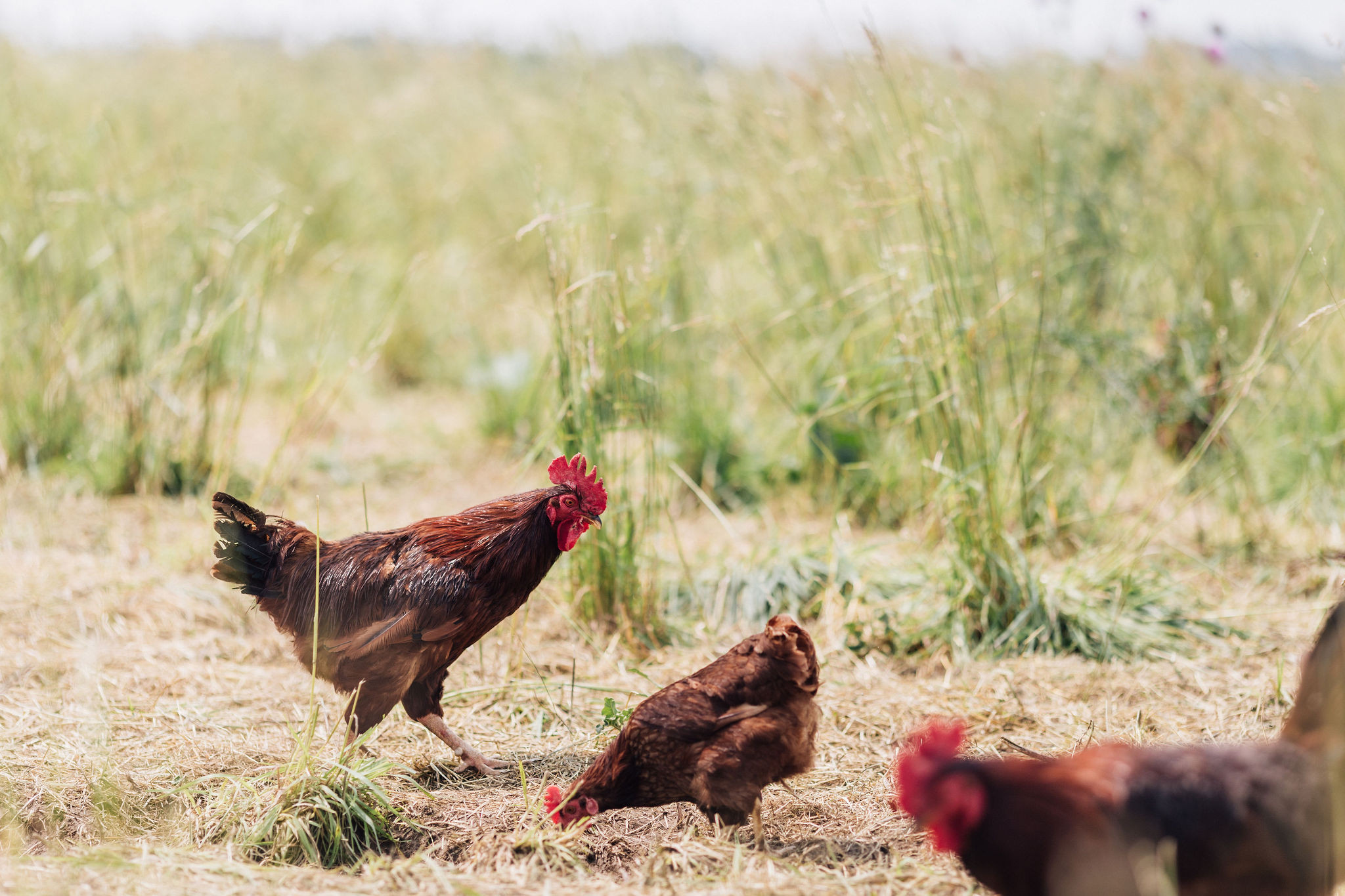The Saddest Part about our Amazing Cottage Cheese
posted on
September 8, 2017
It’s no secret. Our bestselling raw cottage cheese is freaking awesome. It’s a special recipe developed by the farmer’s wife that crafts a super creamy, small curd, spreadable soft cheese. Our cottage cheese is perfect for smearing on bread, piling on top of a bowl of fresh fruit, enjoying as a dessert with some dark chocolate hazelnut butter, or simply spooning into your mouth on its own. There are endless mouthwatering possibilities.
Last week, many members (including me) faced the ultimate disappointment. The cottage cheese that we ordered would not arrive with our order. Instead, we each received an apologetic phone call or message from the farmer and an indifferent refund email. It was equally depressing for our farm staff, who desperately tried to get multiple batches of cottage cheese to set properly with no success. The only good news is that our pigs grunted and feasted on the failed batches.
This is the reality of making truly raw milk products. It doesn’t happen often, but sometimes, even if you do everything right, you fail. The life inside raw milk is astounding. It contains multiple, natural, redundant systems of bioactive components. On the one hand, this enables raw milk to reduce or eliminate populations of pathogenic bacteria. On the other hand, it can make introducing new beneficial cultures, like those for yogurt or cheese making, tricky. Last week, the natural raw milk cultures triumphed over the new cottage cheese culture.
The other option is to heat our milk before adding culture. Our culture supplier recommends heating our milk to 190 F before adding culture. This kills off some of the beneficial microbiology, making it significantly easier for the new freeze-dried culture to thrive in its new environment.
Heating the milk before fermenting improves the texture of the finished product. Here’s why. During fermentation, the bacteria consume the lactose and produce lactic acid, which then denatures and coagulates the proteins, creating a semi-solid casein mesh. However, this does not happen to all of the proteins. In a raw milk culture, the residual albumin proteins are water soluble and separate from the casein mesh, resulting in a gritty or globby texture. Heating the milk first helps break down the albumin proteins before the ferment, allowing them to become part of the casein mesh, resulting in a creamer and smoother yogurt.
Is it worth the struggle and occasional disappointment to have truly 100% raw products? Would our members mind if we heated the milk before fermenting? Or, perhaps we should offer the option between regular or raw cottage cheese and regular or raw yogurt? These are the questions that the farmer wrestles with every week, usually while milking the cows.
If you ordered cottage cheese this week, you already know that it was a success! I hope you are savoring it right now while reading this newsletter.




